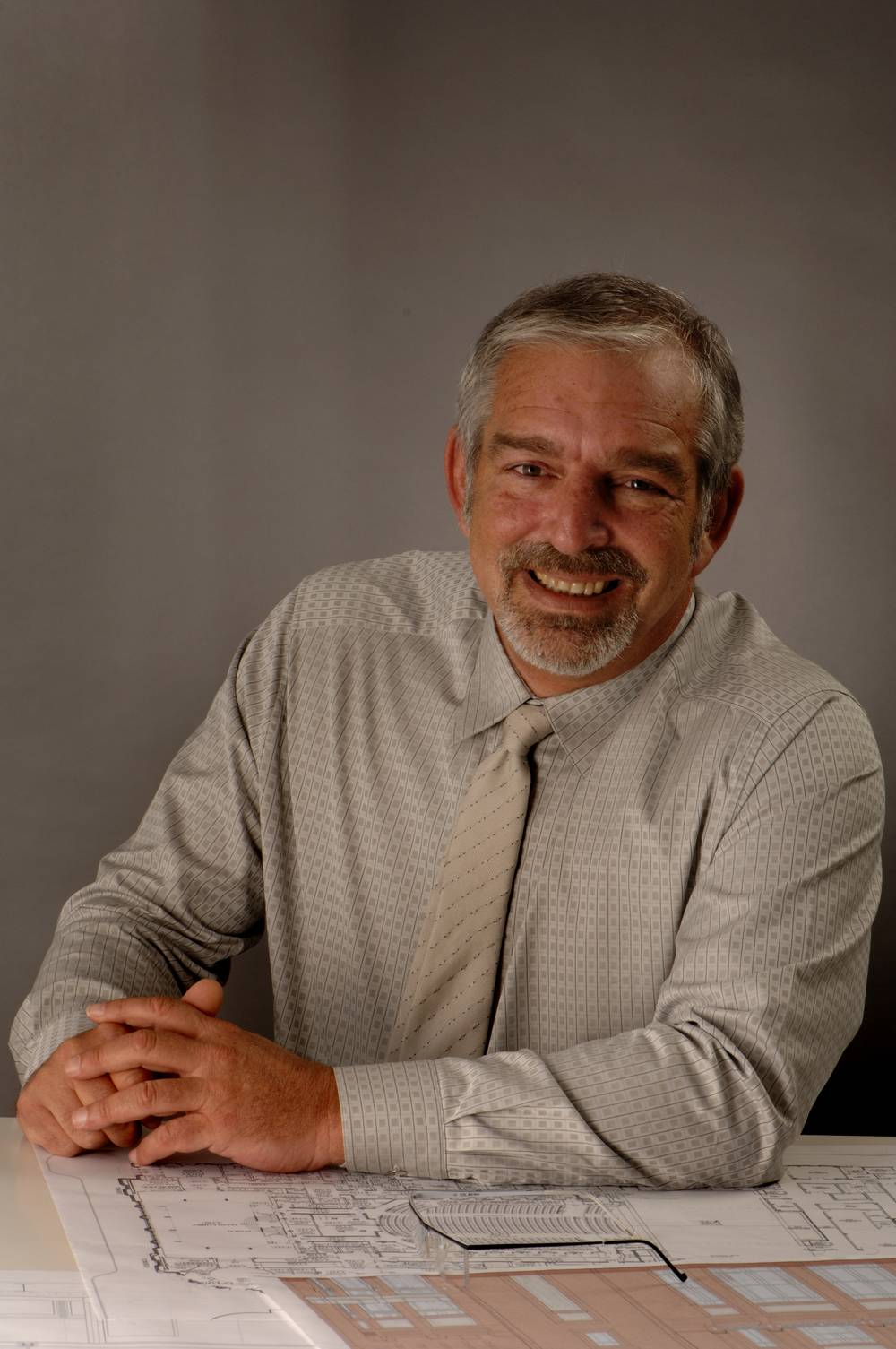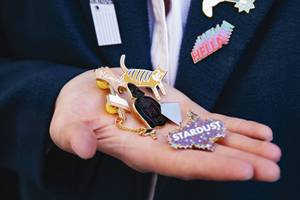Las Vegas residents think of David M. Schwarz as the man who designed the Smith Center for the Performing Arts, but the Washington, D.C., architect had his feet on the ground here long before the iconic bell tower rose Downtown. Schwarz was involved in the planning of Lake Las Vegas, and he’s currently at work on the Linq, a $550 million Caesars Entertainment project that will include a pedestrian-friendly manufactured urban environment inspired by the warehouse architecture in New York City’s Meatpacking District.
Why do the Linq? That sort of thing always interested me. My office is very interested in pedestrianism and what gets people to walk. One of the things that is perfectly clear in Las Vegas is that as hard as people try to make it for people to walk, people like to walk. If you look at the Strip, even in the middle of August, it’s filled with people outside. Nobody’s taken the time to create a decent outdoor pedestrian environment.
Any challenges with doing this on the Strip? What we looked for is something that is counterpoint to most of the development you see in Las Vegas. We started working when CityCenter was in construction. One of the things we first did was to go look at CityCenter, because with a name like CityCenter, we expected it to be a city center and were relieved to find out that it was not a city center.
How do you feel about working in a theme? For a long period of time in Las Vegas, development was themed. The theme development has been quite successful, but there’s no themed development in Las Vegas based on American urbanism. We thought creating a very quietly themed place that’s based on the American walking experience was a good way to have a theme and not have a theme at the same time.
Why model it after the Meatpacking District? I’ve done a lot of teaching on Las Vegas, and I know Las Vegas’ history pretty well at this point. When we designed the Smith Center, one of the things we tried to understand is how Las Vegas became what it was. As you know, it’s deeply rooted in the Hoover Dam. Without it, Las Vegas would never be what it is today. You had workers building the dam and spending all their excess income in Downtown Las Vegas.
And so a warehouse district? There is an inferred history, not a real history, that such a town would have also had manufacturing warehouses and the like. So what we did was look at it as if Las Vegas was a little more normal a place historically, and what would have been on the outskirts of town. What would have been on the outskirts was a warehouse district. So what we’re trying to do is extrapolate a semi-legitimate story for our theme.
What do you say to your critics? Some of them were outraged that a Las Vegas performing arts center wouldn’t have a 21st century design. As little as possible. Concert halls are a really interesting building type. Most of the stuff played in the concert hall was manufactured, if you will, 100, 200, 300, 400 years ago, and the context of what goes on in them is quite old. There is a sense of ceremony and tradition in going to a place like the Smith Center. The other thing that most people fail to understand is that the concert hall is a musical instrument in and of itself, and the music was designed to make sense.
The idea with the Smith Center is that it would last at least a century. Are you hoping to create a lasting experience with the Linq? Absolutely not. The Linq project is the other extreme in Las Vegas. It’s temporary. Las Vegas tastes and methodology change, and what people like changes. The Linq project was designed to serve a purpose for a period of time. We tried to create an armature for growth. We believe that architecture can create or destroy community. One of the hallmarks of community is the casual observation of other people and the bringing together of people in unintentional fashions. One of the most important ways of doing that is simply walking around.
Are you working on any other projects here? We’re not working on anything in Las Vegas, and we’d love to be.









Previous Discussion: